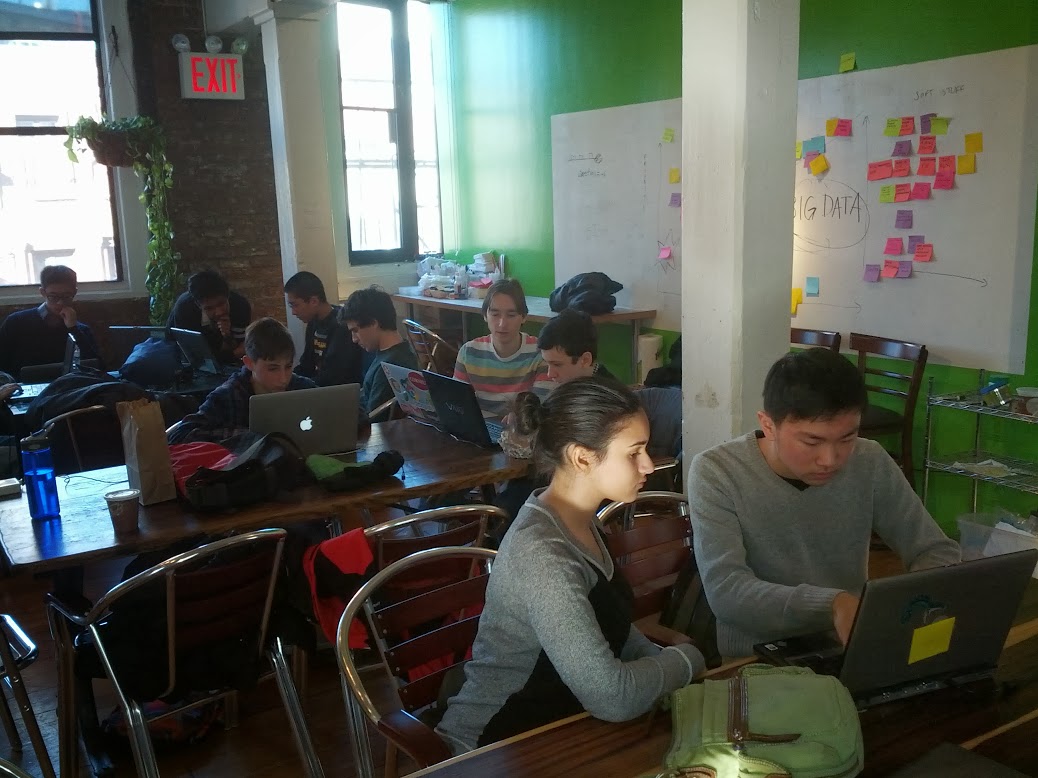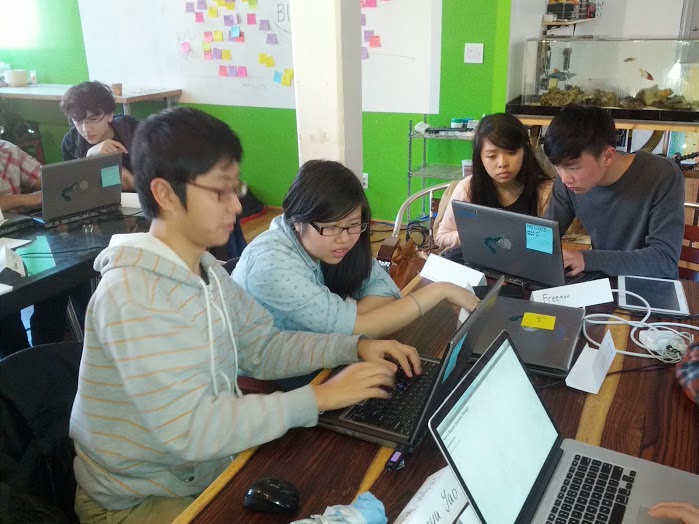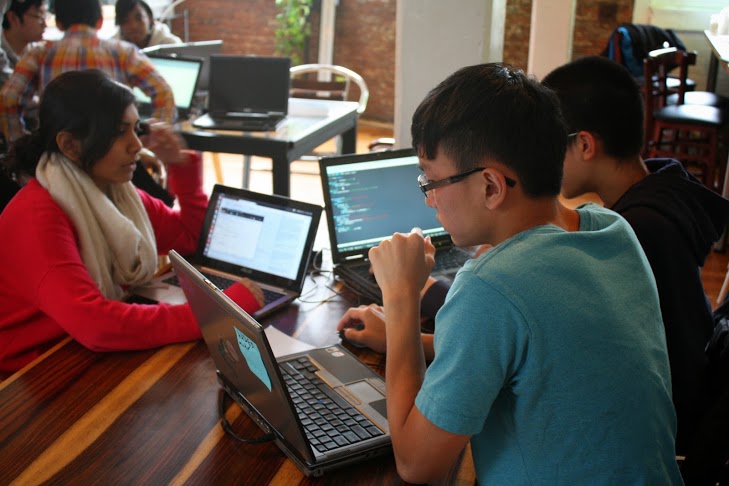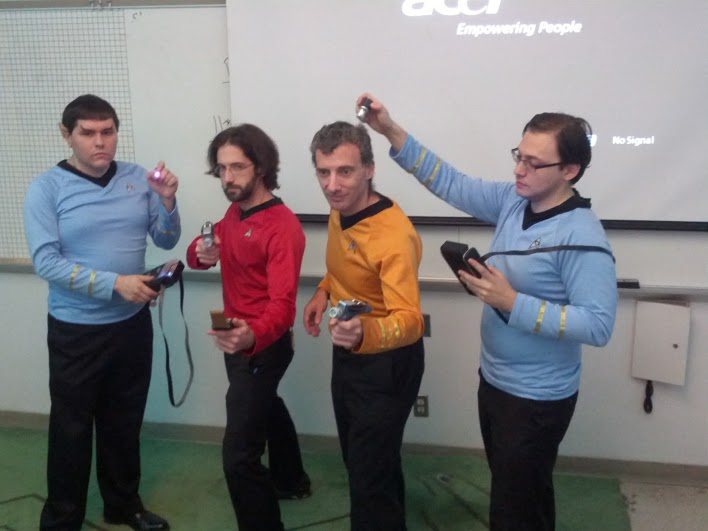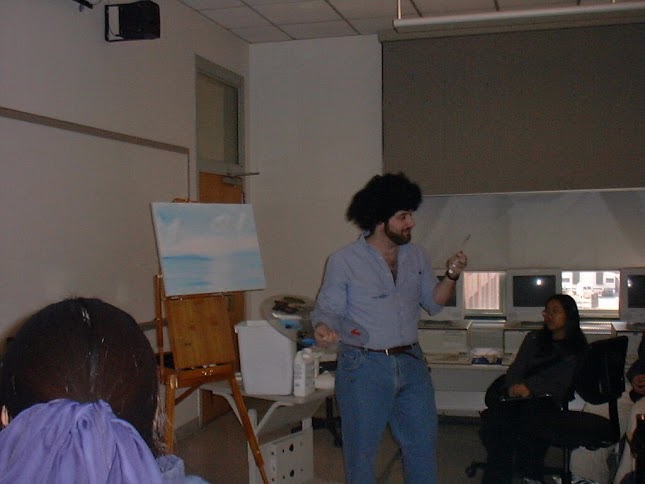We just finished week 4 of CSTUY's Hacking Sessions.
I'm really happy with how our hackers are doing - they're a great
bunch and even if they don't realize it yet, are making great progress.
Meanwhile, as an instructor and program designer I'm noticing the
differences between a once a week program and having a class every day
(note - I'm not the sole designer or instructor. I have a great team -
JonAlf, Sam, and Topher are three of the best teachers I've had the
privilege of working with - this post, however, is based on my
observations).
Once a week vs every day
This is a big adjustment. In class, we only have 40 minutes but we get
it 5 days a week. Here we have 3 hours, but only on a single
morning. This means we can spend time on a large activity but once
noon rolls around, it's over.
If a student is confused, that confusion can fester for a week and by
the time we get to the next session we might not remember to clear
things up until the problem arises again.
They can run away
In class, I know I have my students for a full term. We can bore them
or even annoy them a bit as long as we win them back.
Some of what we teach is boring. Other things are difficult and can be frustrating for students until we dedicate enough time for things to click.
When you know you have the kids all term, you don't have to worry
about a bad day on your part or on the students. They'll be back
tomorrow. Meeting with people every day makes it much easier to
develop connections.
In a once a week voluntary program you have to be more careful.
We can't count on work over the week
I'm hoping that once we get a little further along the hackers will
want to work on projects over the week. That said, we know that
Hacking Sessions is extra curricular so when the hackers have big
assignments, SAT exams and the like, we have to take a back seat.
So, the default for a Saturday program is that it's a partial restart
every week. That's a challenge.
Communication is tough
This is the one that's vexed me most.
Since we're only meeting once a week, it would be really great if we
can generate some online dialog in between. So far, it's been tough.
Even in class, over the years, I've had mixed levels of success with
online communication. Some classes, some years, I've gotten great buy
in to an online class community. The dialog is consistent, varied, and
great. Other times, it's just the bare minimum.
In my classes I usually use a Google group but I'm becoming less and
less happy with that as a solution. For Hacking Sessions we've been
using Piazza so far but in spite of its
popularity at colleges, I'm not feeling it. I find it both cluttered
and limiting. I think we're going to try Vanilla forums next. It's
pretty easy to host and fairly flexible.
I'm hoping that in a few weeks we'll get past the basic tools and onto
some neat project and it'll be easier to encourage talk throughout the
week.
Overall
So, this is a new challenge but a fun one - designing and implementing
a once a week program. Bottom lining it - I think the hackers are
doing great and we're off to a really strong start. We'll make some
mistakes along the way but as long as we keep looking at what we're
doing we can adjust as we move along we'll continue to build a great program.
